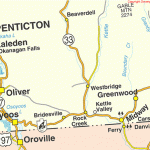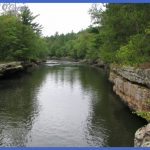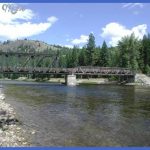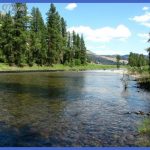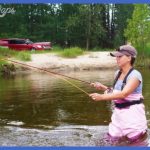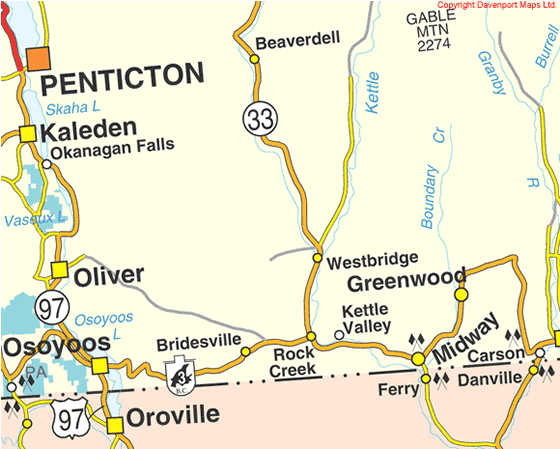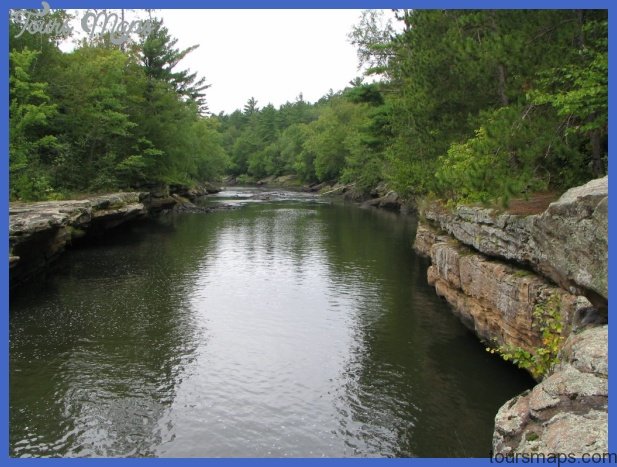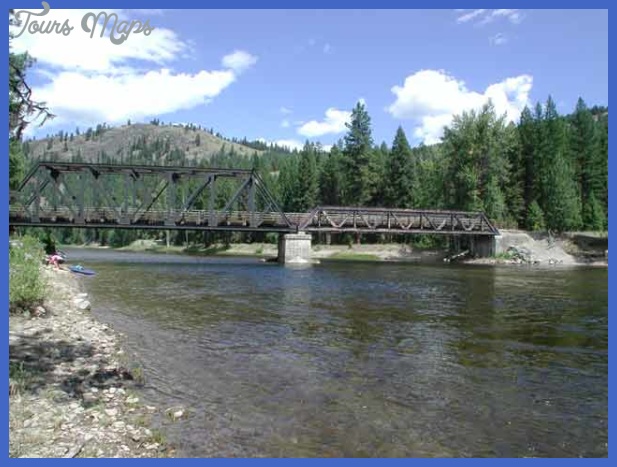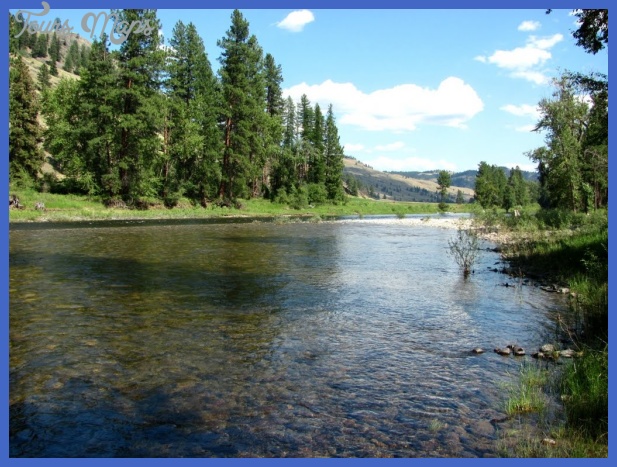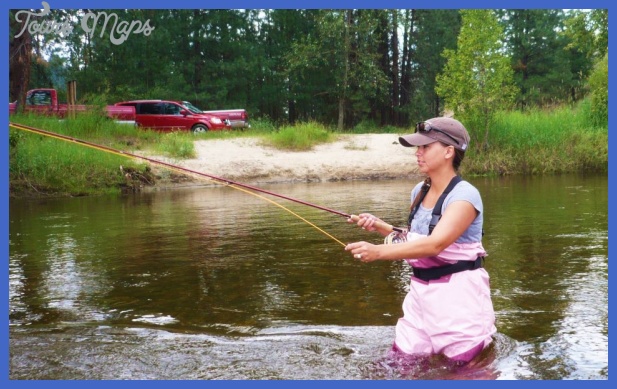Kettle River Geology
Kettle River got its name from the kettles found along its course. Kettles, or potholes, form in soft sedimentary rocks, like the sandstone that makes up a riverbed. The holes begin when grains of sand or tiny pebbles act as grinders powered by swirling water to carve depressions in the rock. The kettles grow larger and larger as successively bigger grinders get caught in them.
The sandstone in this region, known as Hinckley Sandstone, was formed in the bottom of a shallow, mid-continental sea during the Precambrian Era. Silica and sand accumulated in layers on the sea floor, and cemented together to form a sedimentary rock. About 10,000 years ago, meltwa-ters from receding glaciers flowed south in many streams towards the Mississippi River. One of those streams, the Kettle River, followed a natural depression caused by a fault. Over thousands of years, the river widened and deepened the depression, exposing the underlying sandstone. On this hike you will see evidence of the fault in the form of a horst, a block of the earth’s crust that rises on one side of the fault.
At the northernmost section of the park, the Kettle River flows through a narrow valley cut into glacial drift. There the river valley turns into a gorge worn through the Hinckley Sandstone. This is where life for the kayaker and canoeist gets interesting. The rapids, beginning with Blueberry Slide, draw whitewater enthusiasts from all over the Midwest. Between Blueberry Slide and Hell’s Gate, where the river flows through 40 foot cliffs that choke the river like a noose, lays Mother’s Delight, Dragon’s Tooth, and Little Banning. Beyond the rapids, the river valley once again broadens, surrounded by a level, or gently rolling, plain of glacial till.
Before logging, the vegetation in the park area was mainly red and white pine with some aspen and birch. Today aspen and birch predominate with only remnant stands of pine. The rocky terrain along the floor of the river gorge prevents a dense growth of deciduous trees, so one day pines may again dominate this area of the park.
Kettle River Photo Gallery
Maybe You Like Them Too
- The Best Cities To Visit in The World
- World’s 10 Best Places To Visit
- Coolest Countries in the World to Visit
- Travel to Santorini, Greece
- Map of Barbados – Holiday in Barbados

